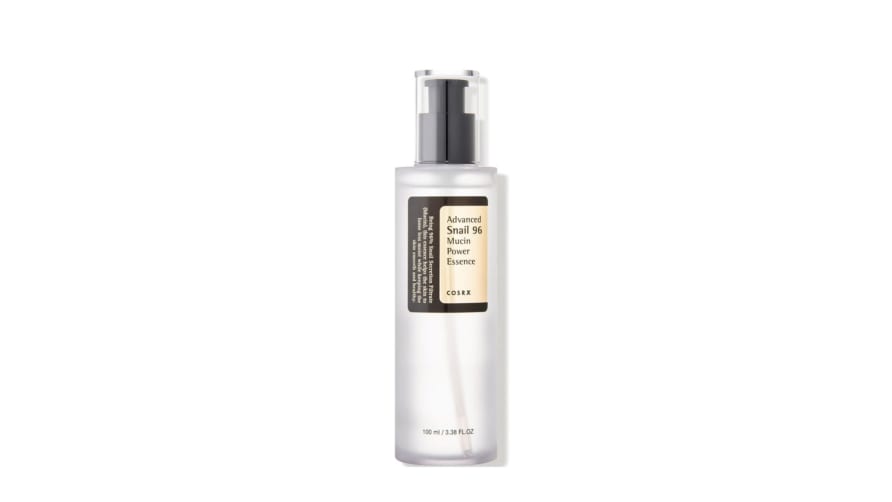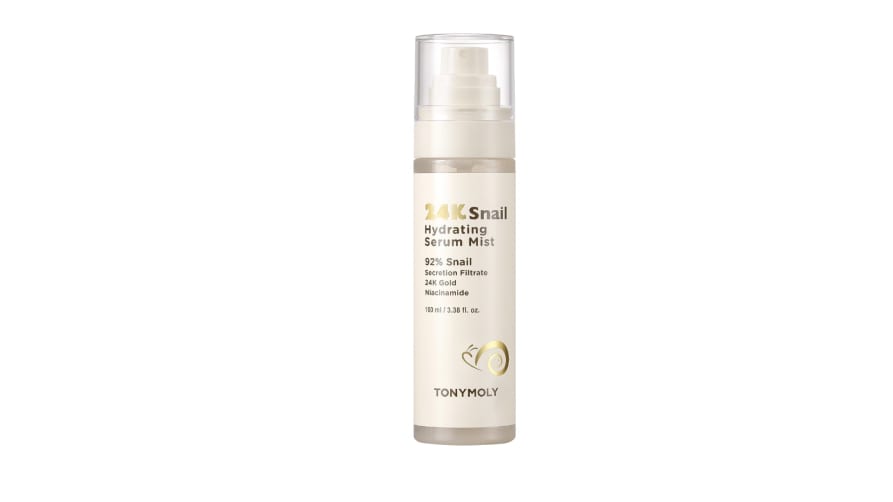Scouted selects products independently. If you purchase something from our posts, we may earn a small commission.
As skincare enthusiasts, we are no strangers to off-beat ingredients (hello, salmon sperm facials), but snail mucin might just top the list. The idea of slathering snail secretions on your face could raise a few eyebrows, but for many, it’s an ingredient they swear by. So, is snail mucin a gimmick, or is there real science behind this slippery solution? We investigate below.
What Is Snail Mucin?
Snail mucin, or snail secretion filtrate, is a thick fluid secreted by snails. Specifically, the Cryptomphalus Aspersa species (the common garden snail) has emerged as a key source of this ingredient. According to Dr. Joshua Zeichner, Associate Professor of Dermatology and the Director of Cosmetic & Clinical Research in Dermatology at Mount Sinai Hospital in New York City, “snails are terrestrial mollusks that secrete mucus to help them move and protect themselves from enemies.” This natural defense mechanism contains glycoproteins, glycolic acid, and zinc, each known for their skin-healing benefits.
The Benefits of Snail Mucin
Zeichner elaborates that the Cryptomphalus Aspersa species’ mucin has been scientifically studied, and the results are promising. “The mucous has been shown to have antioxidant activities, stimulate collagen production, and enhance wound healing,” he says. “It is also rich in hyaluronic acid to help hydrate the skin. Clinical studies have shown that snail mucus-containing skincare products gave statistical improvements in facial lines and wrinkles.”
These properties make snail mucin a multitasking powerhouse in the world of skincare. For those suffering from sensitive skin, redness, or post-acne marks, the irritation-quelling effects of snail mucin could be particularly beneficial. “The soothing effects of snail mucus can also be beneficial in addressing sensitive skin issues, dryness, or even reduce redness associated with post-acne marks,” notes Zeichner.
How to Use Snail Mucin in Your Routine
Snail mucin is a versatile ingredient generally well-tolerated by most skin types. Whether incorporated into serums, essences, or moisturizers, it can be paired with other active ingredients like vitamin C or retinoids to enhance its effects. As Zeichner points out, “Generally speaking, mucin-containing skincare products are well-tolerated and non-irritating. Plus, they can be combined with other active ingredients.”
That said, it’s always important to monitor how your skin reacts to any new product. “If you notice any redness, burning, or stinging to a mucin-containing product, or any product for that matter, you should discontinue using it,” warns Zeichner.
Verdict: Gimmick or the Real Deal?
While the idea of using snail mucin might sound more like a skincare gimmick than a science-backed solution, the research seems to say otherwise. Snail mucin’s ability to hydrate, heal, and soothe the skin, combined with clinical studies showing real improvements in facial lines and wrinkles, makes it a powerful addition to any skincare routine. If your skin is sensitive or showing early signs of aging, snail mucin may just be the real deal you’ve been searching for.
MORE FROM SCOUTED:





